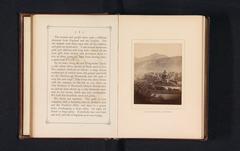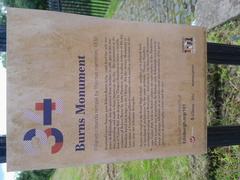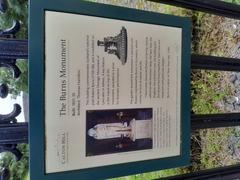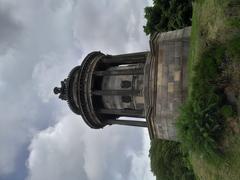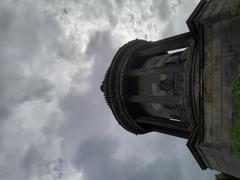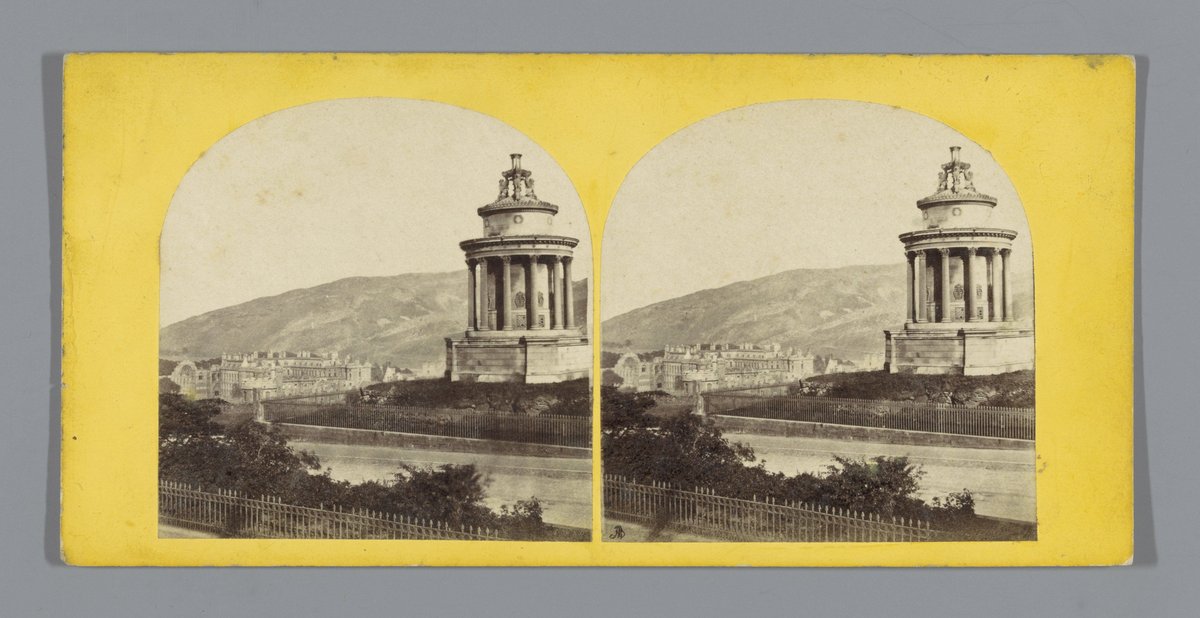
Burns Monument Edinburgh Visiting Hours, Tickets, and Travel Guide
Date: 14/06/2025
Introduction: History and Cultural Significance
The Burns Monument in Edinburgh stands as a distinguished tribute to Robert Burns, Scotland’s national poet, whose literary achievements and influence continue to inspire worldwide. Located prominently on Regent Road near Calton Hill, this Neo-Greek architectural landmark offers not only a gateway to Scotland’s rich literary and cultural heritage but also sweeping views of the city’s skyline and natural features such as Arthur’s Seat. Erected between 1831 and 1833, the monument embodies early 19th-century Scotland’s burgeoning sense of national pride and identity, reflecting the Enlightenment spirit through its classical design inspired by the ancient Choragic Monument of Lysicrates in Athens. Serving as both an architectural marvel and a vibrant cultural hub, the Burns Monument hosts events such as Burns Night celebrations and poetry readings, inviting visitors to engage with the living legacy of Burns’s poetry and ideals. This guide compiles essential information on visiting hours, tickets, accessibility, travel tips, and nearby attractions, while also exploring the monument’s historical significance, symbolism, and ongoing preservation. Whether you are a literary enthusiast, history buff, or traveler, the Burns Monument promises a uniquely enriching experience that connects Scotland’s past, present, and future. For more information, see the National Trust for Scotland and local tourism resources (NTS: Celebrating 200 Years, Truly Edinburgh).
Table of Contents
- Introduction
- Historical Background
- Visiting the Burns Monument
- Restoration and Preservation
- The Monument in Edinburgh’s Cultural Life
- Notable Features and Artistic Symbolism
- The Monument’s Place in Edinburgh’s Heritage
- Frequently Asked Questions (FAQ)
- Plan Your Visit
Historical Background
Origins
The idea for a monument dedicated to Robert Burns in Edinburgh was first proposed in 1812 by John Forbes-Mitchell of Thainstone, Aberdeen, while living in Bombay. The proposal quickly gained support among expatriate Scots, who raised funds for its construction (Curious Edinburgh). A committee chaired by the Duke of Atholl was formed in 1819, including many prominent Scots who had prospered abroad, underscoring the global reach of Burns’s reputation and the Scottish diaspora’s commitment to honoring their national icons.
Architectural Design and Influences
The commission to design the monument went to Thomas Hamilton (1784–1858), known for his Greek Revival style. The resulting structure, completed in 1833, is modeled after the ancient Monument of Lysicrates in Athens, with a circular plan and a colonnade of twelve Corinthian columns (NTS: Secrets of a Shrine). This design symbolically places Burns among the pantheon of great artists, reflecting aspirations for Scotland’s cultural status. Originally, the monument housed a statue of Burns by John Flaxman, now relocated to the Scottish National Portrait Gallery (Truly Edinburgh).
Historical Context and Cultural Significance
The early 19th century saw a rise in public commemoration of national figures in Scotland, with the Burns Monument joining other major projects on Calton Hill, such as the National Monument and Nelson Monument (Truly Edinburgh). The monument’s location, opposite the Royal High School—a symbol of the Scottish Enlightenment—reinforces its cultural and national significance. The inscription on the plinth simply marks Burns’s birth and death, emphasizing the memorial’s commemorative purpose.
Visiting the Burns Monument: Practical Information
Visiting Hours and Tickets
- Hours: Open daily from 10:00 AM to 6:00 PM (last admission 5:30 PM). Closed on Christmas Day and New Year’s Day.
- Tickets: Entry is free for all visitors.
Accessibility
The monument is wheelchair accessible, with smooth garden paths and ramps. Accessible restrooms are nearby. Visitors with special requirements should contact the National Trust for Scotland ahead of their visit for assistance.
Guided Tours and Events
Guided tours are available during peak season and on select dates, offering deeper insight into the monument’s history, architecture, and Burns’s legacy. The NTS coordinates special events, including Burns Night celebrations each January 25th (Historic Environment Scotland). For current schedules and booking, consult the NTS website.
Getting There and Nearby Attractions
- Location: Regent Road, at the foot of Calton Hill, Edinburgh.
- By Bus: Lothian Buses stop near Calton Hill.
- By Tram: The nearest tram stop is Princes Street, about a 10-minute walk.
- Parking: Limited street parking; nearby paid car parks are available.
- Nearby Sites: Royal High School, Calton Hill’s other monuments, Princes Street Gardens, and Edinburgh Castle. These landmarks offer an excellent cultural itinerary within central Edinburgh.
Restoration and Preservation
The monument has faced challenges from Edinburgh’s weather, leading to significant restoration efforts. After being transferred to the National Trust for Scotland in 2008, a major restoration addressed water ingress and stonework deterioration, culminating in a full reopening in 2019 (NTS: Celebrating 200 Years). Ongoing maintenance and garden revitalization projects ensure historical authenticity and accessibility.
The Monument in Edinburgh’s Cultural Life
The Burns Monument is central to Edinburgh’s cultural calendar, hosting annual events like Burns Night, which feature poetry readings, music, and traditional suppers (Historic Environment Scotland). The gardens are being restored to reflect themes from Burns’s poetry, introducing native plant species and restoring key sightlines, ensuring the site remains a living memorial that celebrates both the poet and the landscape (NTS: Celebrating 200 Years).
Notable Features and Artistic Symbolism
Hamilton’s use of the Corinthian order and open, circular temple form ties the monument to the classical tradition of honoring poets. The original Flaxman statue depicted Burns in contemplation, underscoring the site’s aura of reflection (NTS: Secrets of a Shrine). The artistic program references “Coila,” the muse from Burns’s “The Vision,” linking the monument to Burns’s creativity and the Ayrshire landscape.
The Monument’s Place in Edinburgh’s Heritage
The Burns Monument is a vital part of Edinburgh’s “museum without walls”—a network of public monuments and art that defines the city’s identity (Truly Edinburgh). Its preservation and continued use keep Robert Burns’s legacy alive in Scotland’s capital, inspiring new generations to engage with his poetry and ideals.
Frequently Asked Questions (FAQ)
What are the visiting hours?
Daily from 10:00 AM to 6:00 PM (last admission 5:30 PM). Closed on Christmas Day and New Year’s Day.
Is there an entry fee?
No, the monument and gardens are free to visit.
Are guided tours available?
Yes, during peak seasons and special events. Check the NTS website for schedules.
Is the monument wheelchair accessible?
Yes, with accessible paths and facilities.
How do I get there?
By bus or tram to Calton Hill/Princes Street, or a short walk from the city center. Limited parking is available.
Are there special events?
Yes, especially Burns Night in January and other cultural events throughout the year.
Plan Your Visit
Explore one of Edinburgh’s most cherished historical sites and immerse yourself in the legacy of Scotland’s beloved poet. Whether you’re seeking panoramic views, historical insight, or a meaningful connection to Scottish heritage, the Burns Monument offers an enriching experience.
Download the Audiala app for guided tours, interactive maps, and up-to-date visitor information. For more resources, see local tourism organizations and the National Trust for Scotland.

Alt text: The Burns Monument in Edinburgh on Regent Road with cityscape and Arthur’s Seat in the background.
Additional Resources
- National Trust for Scotland - Celebrating 200 Years of the Burns Monument
- Truly Edinburgh - Monuments and Statues
- Edinburgh Guide - Burns Monument
- Historic Environment Scotland - Burns Night Celebrations
- Edinburgh World Heritage - Burns Monument
Summary and Travel Recommendations
Visiting the Burns Monument in Edinburgh offers a unique opportunity to engage directly with Scotland’s literary and national heritage. Its Greek Revival design, accessible location, and ongoing events make it a welcoming destination for visitors of all backgrounds. The surrounding gardens, restored to reflect Burns’s poetic themes, and the proximity to other historic sites such as the Royal High School and Edinburgh Castle, provide a rich and varied cultural experience. Ongoing preservation efforts and community engagement ensure the monument remains a living symbol of Robert Burns’s enduring influence. For an enhanced visit, consider using the Audiala app for guided tours and current information.

